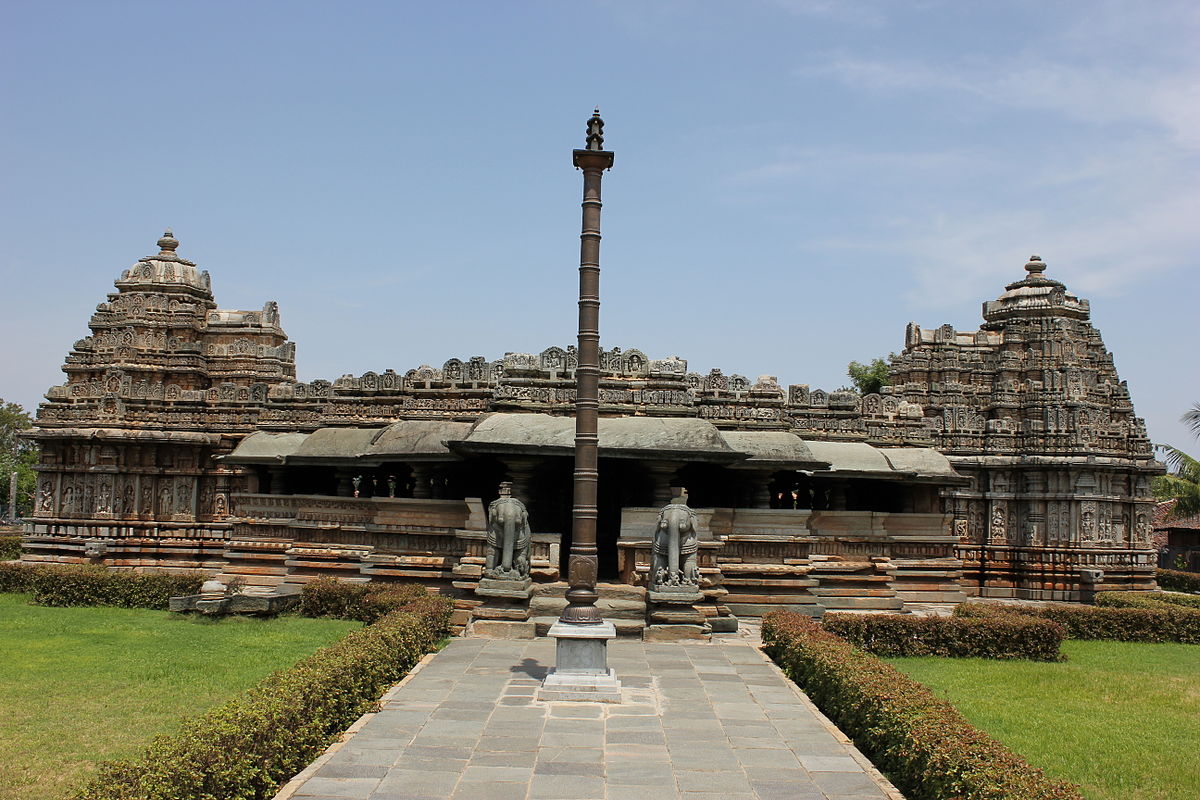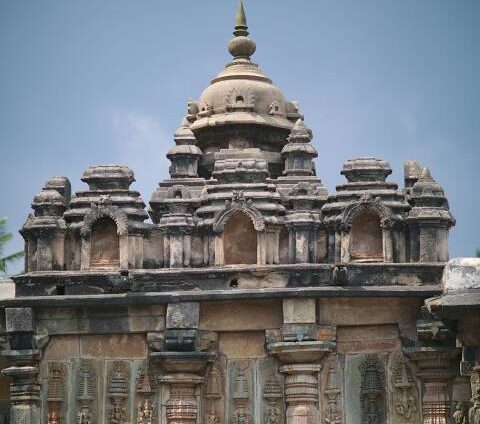Complete Guide about Veera Narayana Temple
-
Location
Sri Veeranarayana Swamy Temple (Trikutaachala) Belavadi, Karnataka 577146
-
Timings
Every Day
08:30 AM - 02:00 PM
04:00 PM - 07:00 PM
-
Entry Fee
Free Entry


Veera Narayana Temple
About Veera Narayana Temple
In the Chikmagalur district of Karnataka, 28 kilometres south of Chikmagalur town is this stunning Hoysala-style temple. Belur and Halebid, well-known for their temple towns, are not far from Belavadi, also known as Ekachakranagara. Veera Ballala II built this temple in the 13th century. This temple is one of the best examples of Hoysala architecture, even though Belur and Halebid are well known for their intricate sculpture.
Vaikom Mahadeva Temple Official website Link
www.vaikomtemple.org
The History
An inscription discovered at the Veera Narayana temple mentions the king donating land for the temple’s construction, and it lists the donation year as 1117 CE. However, a scholar’s estimation places the temple’s construction in the 1200 CE period. This estimate was reached by Gerard Foekema by comparing the Hoysala architectural style’s historical development.
According to the priest Prashant S. Bharadwaj, the land donation is what is mentioned in the inscription from 1117 CE.
Since it was customary in ancient India to donate land for a temple only after it had been fully constructed, the temple must have been constructed even earlier than the year 1117 CE since that is the year the land was donated.
The temple’s architecture also provides evidence that it is much older than scholars have claimed. The temple was primarily constructed in two stages. The temple in Belavadi has three shrines and is a trikuta temple. Veera Narayana is honoured at the main shrine. Comparing this shrine to Hoysala temples built around 1200 CE, the walls are incredibly plain.The other two later subsidiary shrines of the temple, which have exquisitely decorated walls in the manner of the later Hoysala architecture, stand in stark contrast to them. Much later, during the reign of Veera Ballala II, the two lateral shrines were constructed. This also suggests that the original shrine predates 1200 CE, possibly dating to the early 12th century. Two kings, in two different eras, presided over the construction of this temple. It is simple to see the two temple components and their distinctive evolution.
There are many similarities between this Veera Narayana shrine temple in Belavadi and the earliest Hoysala temple at DoddaGaddavalli. The main shrine of Belavadi is incredibly plain from the outside, just like the DoddaGaddavalli temple is. The DoddaGaddavalli temple was built in 1114 CE, so the age given in the inscription might be accurate.
The Architecture
This enormous temple is designed in the Trikuta manner, with three vimanas. The temple’s entrance is located in the middle and has sloping roofs. Elephants stand on either side of the temple’s few steps that lead up to the interior.
The two other shrines are facing each other across a lengthy Mandapa, with the older shrine located in the centre. The older shrine has a closed Mandapa with 13 bays and an open Mandapa with 9 bays. This shrine’s vimana is exquisitely decorated. The temple’s exterior walls are made up of running pilasters with ornamental towers on top. These pilasters have exquisite carvings.
A 37-bay open Mandapa connects the two more recent shrines. Plans for these two shrines vary. One is square, the other is shaped like a star. Bold sculptures adorn the walls, the Sukanasi, and the vimanas. The sculptures of Garuda and Krishna dancing on Kaliya are the ones that stand out. An image of Veera Narayana with four arms standing on a lotus is displayed in the central shrine. This person stands eight feet tall. The oldest and most important shrine is this one.
A seven-foot-tall statue of Yoganarasimha holding the Shanka and Chakra and seated with Sridevi and Bhoodevi standing on either side can be found in the northern shrine. The ten manifestations of Vishnu are depicted on the Prabhavati.
An enchanting eight-foot-tall statue of Venugopala Krishna can be found in the southern shrine. Krishna is playing his flute in bliss while standing with his right leg in front of his left and leaning against a tree. He is surrounded by a variety of figures, including Shravan Kumaras with folded hands, Gopikas who are dancing to the Venu Gana while forgetting to cover themselves, a cow feeding her calf while entranced by the music, and Gopalas. Satyabhama and Rukmini are standing on either side of Venu Gopala.
Dekho Apna Desh
The DAD of Tourism
Get Direction to Veera Narayana Temple
Near Attractions




